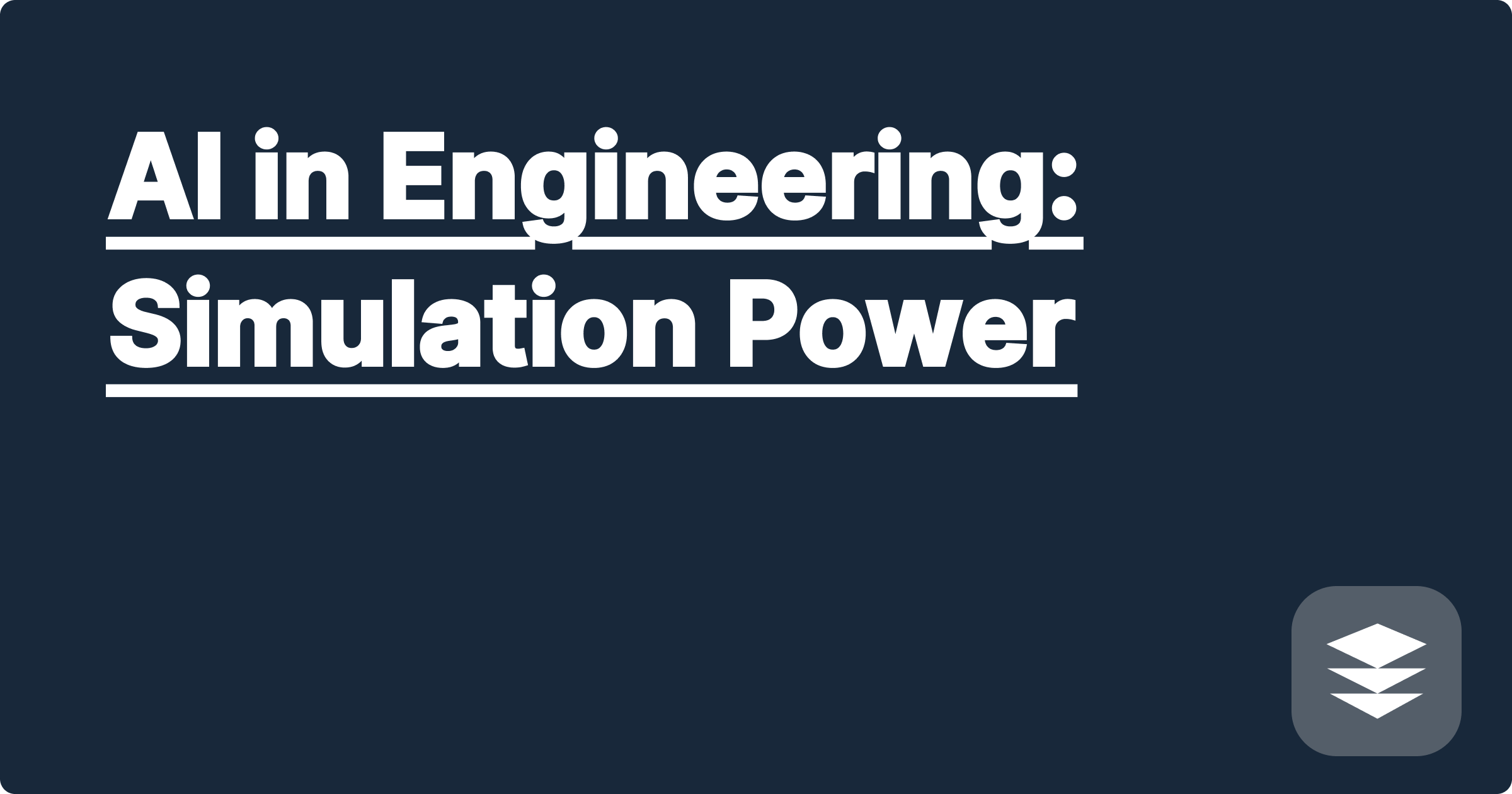
The world of STEM presents a myriad of complex challenges, often requiring intricate simulations to model and understand real-world phenomena. These simulations can be computationally expensive, time-consuming, and require specialized expertise. Artificial intelligence offers a transformative approach, providing powerful tools to accelerate, optimize, and enhance engineering simulations. AI can automate tedious tasks, explore vast parameter spaces, and extract valuable insights from complex datasets, unlocking new possibilities for scientific discovery and engineering innovation.
For STEM students and researchers, mastering AI-powered simulation techniques is no longer a luxury but a necessity. This knowledge equips them with the cutting-edge skills needed to tackle complex problems, accelerate research progress, and contribute meaningfully to their respective fields. From optimizing designs to predicting material behavior, AI is reshaping the engineering landscape, and those who embrace these tools will be at the forefront of innovation.
Engineering simulations are crucial for understanding complex systems and predicting their behavior under various conditions. Traditional simulation methods, such as finite element analysis (FEA) and computational fluid dynamics (CFD), involve solving complex mathematical equations that govern the system's behavior. These methods can be computationally intensive, requiring significant processing power and time, especially for large and complex models. Furthermore, exploring different design parameters or simulating various scenarios can quickly become prohibitive due to the computational cost. Another challenge is the interpretation of simulation results. Large datasets generated by simulations can be overwhelming, making it difficult to extract meaningful insights and make informed decisions.
AI offers a powerful toolkit to address these challenges. Machine learning algorithms, in particular, can be trained to learn the underlying relationships between input parameters and simulation outputs. This allows for the creation of surrogate models, which are computationally efficient approximations of the original simulation. These surrogate models can be used to rapidly explore the design space, optimize parameters, and perform uncertainty quantification. AI tools like ChatGPT and Claude can be used to generate code for pre- and post-processing of simulation data, automating tedious tasks and freeing up researchers to focus on higher-level analysis. Wolfram Alpha can be used to perform complex calculations and symbolic manipulations, aiding in the development and validation of simulation models.
First, a dataset needs to be generated using the traditional simulation method. This dataset should include a range of input parameters and their corresponding simulation outputs. This dataset will be used to train the AI model. Next, an appropriate machine learning algorithm needs to be selected. The choice of algorithm depends on the specific problem and the nature of the data. Neural networks, support vector machines, and Gaussian processes are commonly used for surrogate modeling. Then, the selected algorithm is trained using the generated dataset. This involves adjusting the model's parameters to minimize the error between the predicted outputs and the actual simulation results. Once the model is trained, it can be used as a surrogate for the original simulation. This allows for rapid evaluation of different design parameters and exploration of the design space. Finally, the results obtained from the AI-powered simulation should be validated against the original simulation to ensure accuracy and reliability.
Consider the design of an aircraft wing. Traditionally, engineers would use CFD simulations to analyze the airflow around the wing and optimize its shape for lift and drag. This process can be computationally expensive and time-consuming. By training a machine learning model on a dataset of CFD simulations, a surrogate model can be created that can predict the lift and drag coefficients for different wing shapes with significantly reduced computational cost. For instance, a neural network can be trained on a dataset of airfoil geometries and their corresponding lift and drag coefficients obtained from CFD simulations. The trained neural network can then be used to predict the performance of new airfoil designs without running expensive CFD simulations. Another example is the prediction of material properties. AI models can be trained on experimental data or atomistic simulations to predict the mechanical properties of materials, such as Young's modulus and yield strength. This can accelerate the development of new materials with desired properties. For example, a Gaussian process regression model can be trained on a dataset of material compositions and their corresponding tensile strength. The trained model can then be used to predict the tensile strength of new material compositions.
To effectively utilize AI in STEM education and research, students and researchers should focus on developing a strong foundation in both engineering principles and AI techniques. Understanding the underlying physics and mathematical models governing the system being simulated is crucial for interpreting the results and ensuring the validity of the AI-powered simulation. Familiarizing oneself with different machine learning algorithms and their strengths and weaknesses is essential for choosing the appropriate tool for the specific problem. Furthermore, practical experience with AI tools and platforms is invaluable. Experimenting with different algorithms, datasets, and simulation scenarios can provide valuable insights and build confidence in using AI for engineering applications. Staying updated with the latest advancements in AI and its applications in engineering is also crucial. Attending conferences, workshops, and online courses can help researchers stay at the forefront of this rapidly evolving field.
In conclusion, AI is revolutionizing the field of engineering simulation, offering powerful tools to tackle complex problems and accelerate innovation. By embracing these tools and developing the necessary skills, STEM students and researchers can unlock new possibilities in their respective fields and contribute to groundbreaking discoveries. Exploring available online resources, collaborating with experts, and engaging in hands-on projects are crucial next steps for those seeking to harness the full potential of AI in engineering simulations.
Ace STEM Exams: AI Study Planner
AI for Lab: Data Analysis Made Easy
Master STEM: AI-Powered Flashcards
Coding Help: AI Debugging Assistant
AI in Engineering: Simulation Power
Exam Prep: AI Practice Questions
Math Solver AI: Get Unstuck Now!